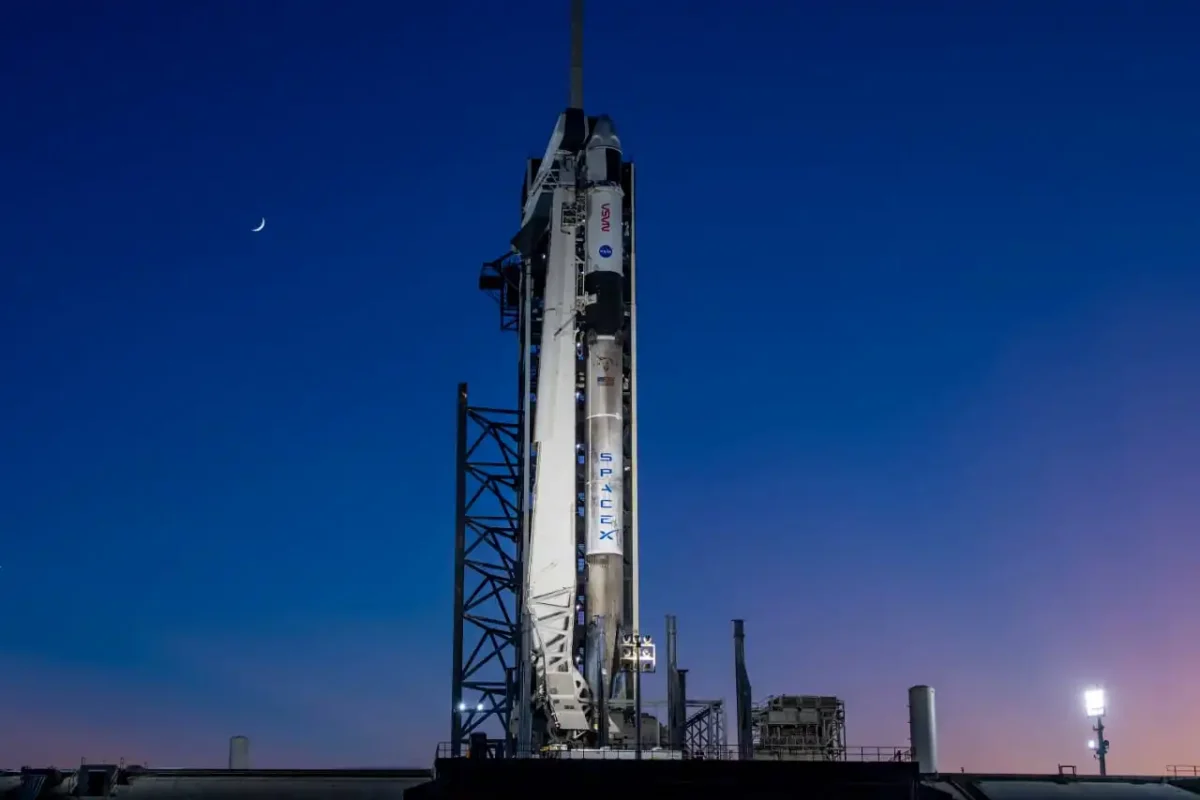NASA and SpaceX are set to launch the Crew-11 mission to the International Space Station (ISS) on July 31, 2025 at 12:09 pm (Eastern Time). The launch will take place from Launch Complex 39A at NASA’s Kennedy Space Center in Florida. The mission is part of NASA’s Commercial Crew Program, with SpaceX once again providing the launch vehicle and capsule.
The mission will use the Crew Dragon capsule ‘Endeavor’, which has become the most-flown human spacecraft ever. This will be its sixth mission. Endeavour first flew during the historic Demo-2 mission in 2020 and has since participated in several NASA and private missions.
The capsule will be sent into space via a Falcon 9 rocket and will connect with the ISS about 24 hours after reaching orbit. Docking is planned for August 1, if there are no technical or weather-related delays. Once attached, the astronauts will spend about six months on the station.
Crew Members on Board
| Name | Space Agency | Role | Flight History |
|---|---|---|---|
| Zena Cardman | NASA | Commander | First spaceflight |
| Mike Fincke | NASA | Pilot | 382 days in space (3rd flight) |
| Kimiya Yui | JAXA | Mission Specialist | Second flight (first in 2015) |
| Oleg Platonov | Roscosmos | Mission Specialist | First spaceflight |
The Crew-11 mission includes four astronauts from three countries and three different space agencies.
Zena Cardman from NASA will be the mission commander. This is her first space mission. She is a trained geobiologist and has a keen interest in space science. Mike Finke from NASA will be the mission pilot. He is an experienced astronaut and has previously traveled to space twice, spending more than 380 days in space.
Along with him will be Kimiya Yui from Japan’s space agency JAXA. He traveled to the ISS in 2015 on a Russian Soyuz spacecraft. He has also been a test pilot. The fourth member of the crew will be Oleg Platonov from Russia’s space agency Roscosmos, who will travel to space for the first time.
In these six months, these astronauts will carry out more than 250 scientific and technological experiments. These experiments include biology, medicine, artificial intelligence, fluid behavior in microgravity, and advanced materials testing. Many of these experiments will be critical to NASA’s future missions to the Moon and Mars.
The crew will also participate in activities such as ISS maintenance, cargo management, and spacewalks, when needed, all of which ensure that the ISS remains operational and safe for its service life of up to 2030. Astronauts will continue to send data to Earth on a daily basis while working in microgravity.
When Crew-11 arrives at the ISS, there will be a total of seven astronauts on the station, including Crew-10, which has already been there since February 2025. Crew-10 will return a few days later while the new crew is fully acclimatized to the station.
NASA and SpaceX will broadcast the launch live on NASA TV and NASA’s official website. Live coverage will begin approximately 90 minutes before launch, showing mission preparations, weather updates, and interviews with Mission Control and NASA officials.
The Crew-11 mission is another important step in the partnership between NASA and private companies. This mission also shows that international cooperation in human space flights is now increasing. With each mission, the focus is on preparing for future deep space journeys and using the ISS as a test platform so that one day long journeys to the Moon and Mars can be realized.
